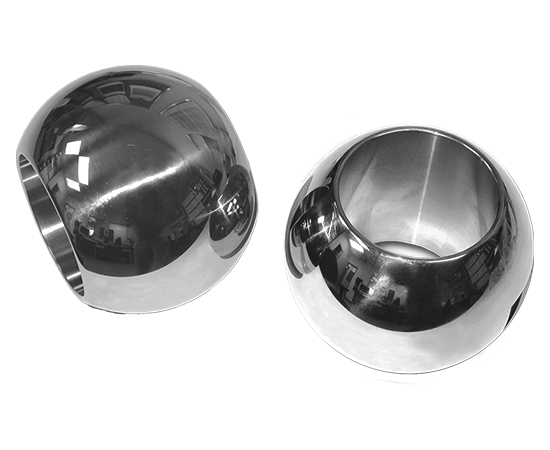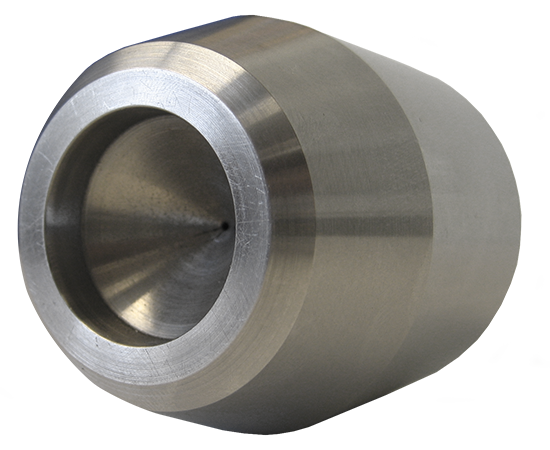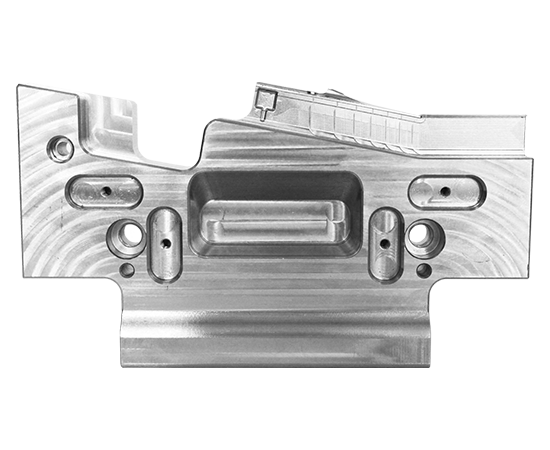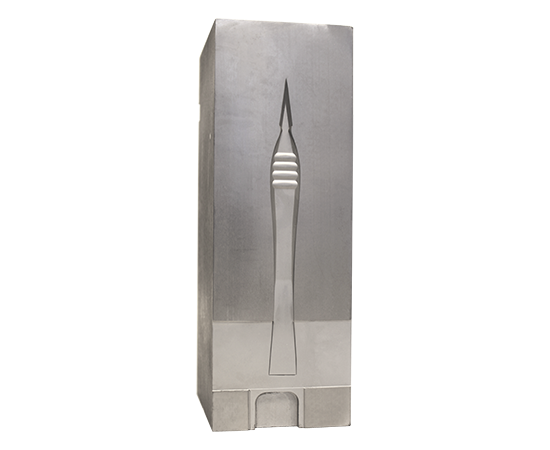Menu
Stainless steels have excellent corrosion resistance but possess relatively low strength and wear resistance. NANO-S™ expands their application range to include components that are subjected to intensive wear.
NANO-S™ is a surface hardening process that improves the wear and galling resistance of stainless steel components without affecting inherent corrosion resistance. The process diffuses nitrogen and/or carbon into the surface of the steel, creating a new phase structure, the S-Phase, which provides extremely high hardness. Because NANO-S™ is a fully controlled process, there is no formation of chromium nitrides/carbides and consequently no loss of corrosion inhibiting properties. The treatment produces a hardened layer that is ductile and up to 25 μm deep (0.001″).
Achieved at temperatures below 932 °F (500 °C), NANO-S™ does not induce distortion, which eliminates final machining. Finished parts are uniformly hardened even inside small bores, tight grooves, and at sharp edges.
NANO-S™ Advantage
 |  |  |  |
| Ball Valves | Injectors for Petroleum Industry | Plastic Hot-Runner Mold | Stamping Die for Medical Instrument |
Can’t find what you’re looking for? Please feel free to get in touch with our experts.